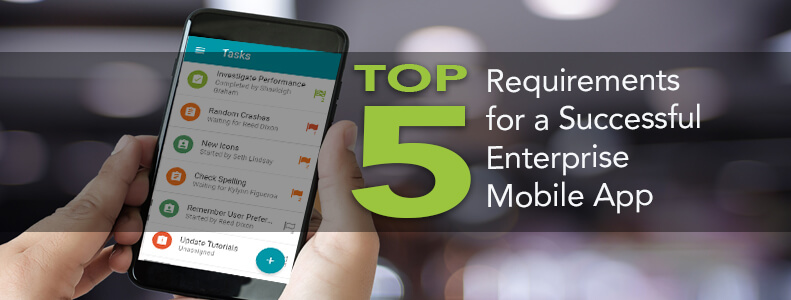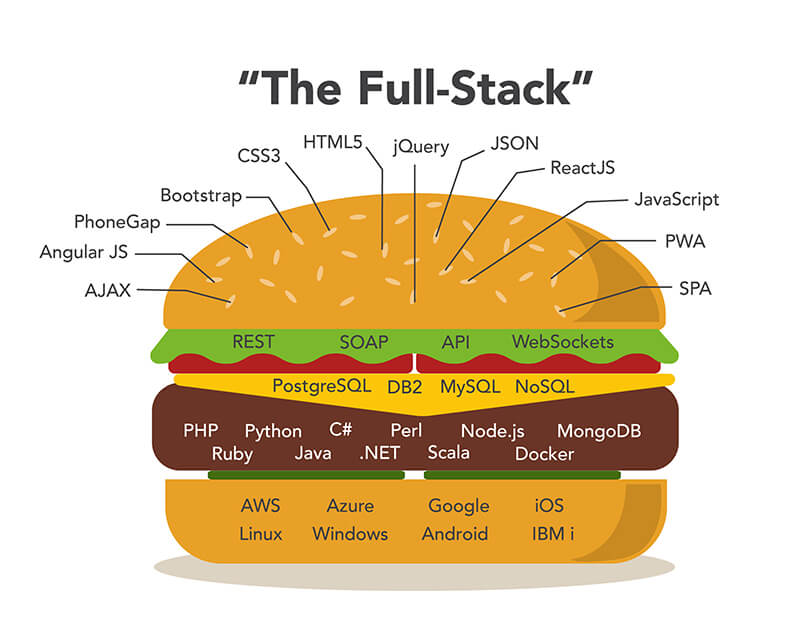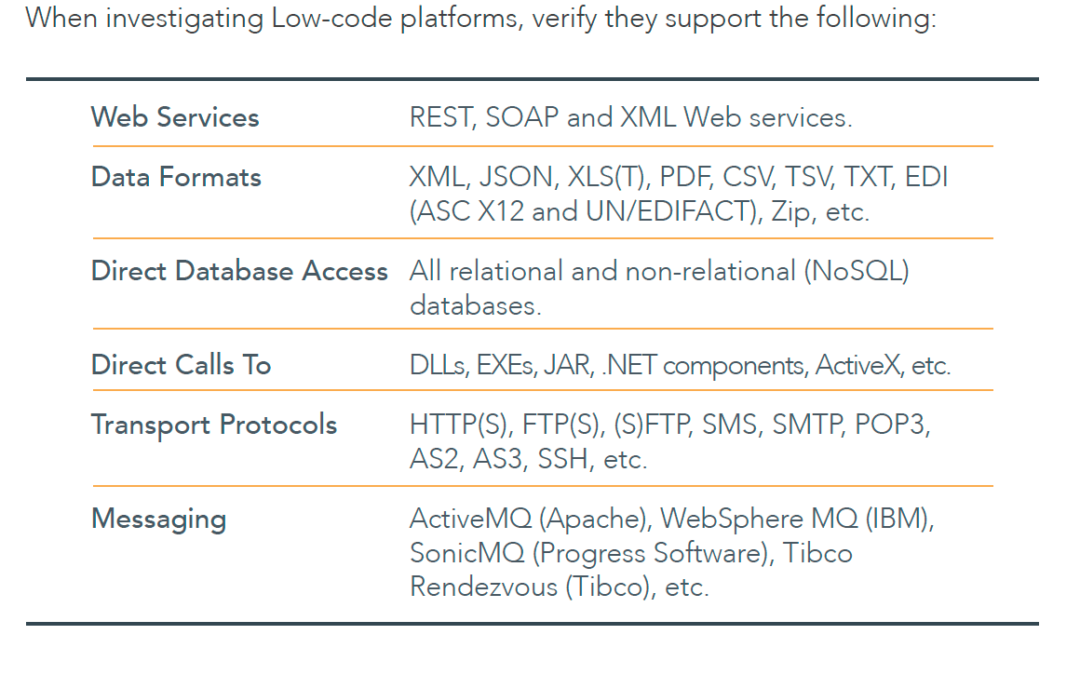LANSA Blog
Find helpful articles in harnessing low-code for IBM i modernization and cross-platform development.
SEARCH
CATEGORIES
SUBSCRIBE
FOLLOW US
RECOMMENDED READING

Visual LANSA v15: More Powerful Features for the Most Flexible Low-Code Platform
Last week I offered a sneak preview of some of the hot new features in Visual LANSA version 15. However, with all the new and upgraded features LANSA packed into the lastest version of the most powerful low-code platform, I didn’t have time to cover them all. While I...

Visual LANSA v15: The Most Powerful Low-Code Platform Just Got Even Better
The launch of Visual LANSA’s Version 15 is just around the corner. LANSA has packed the latest version of the most powerful low-code platform with new features that will improve application development and integration far beyond the capacities of other low-code...

Accelerate App Development with Visual LANSA
Over the past few months I have been writing about the benefits of low-code and how a platform such as Visual LANSA can increase the effectiveness and efficiency of professional developers. Visual LANSA has a much different approach to low-code than the model-based...

Five Things You Need to Know About Simplifying Complex Automation Processes
In today’s business world, the term process automation gets used quite a bit. But what exactly is process automation and how can it truly help your business? How do you know what processes to automate or what processes can even be automated? These are the type of...

Brunswick Chooses Low-Code Over Open Source to Modernize Core App
We recently held a webinar that addressed a rising trend in the use of declarative development styles, and one of the main themes cited by guest speaker, John Rymer, VP, Principal Analyst at Forrester, was the increasing popularity of using low-code solutions to build...

An Intro to Robotic Process Automation (RPA) for IBM i
In a 2018 survey by AQPC, Robotic Process Automation (RPA) was rated the 3rd most anticipated technology over the next 18 months. It’s certainly a hot technology area. If you haven’t come across it before, RPA is an easy and simple way to automate business operations...

Migrate or Modernize? That is the Question
Migrate or Modernize - That is the Question What factors motivate an organization to migrate or modernize their applications and information management infrastructure? What are the risks? Motivating Factors Here are some factors that influence the decision between...

What is Google Material Design & How Does It Affect Modern Application Development?
Google recognized the need to unify, simplify and standardize the design of its UI across desktop, web and mobile devices to provide a modern, intuitive experience for its users. The company set out to proactively address the lack of a single design pattern for all...

Visual LANSA for Mobile Apps
In my last blog post, I explained what it takes to make a successful mobile app. In this post, I’ll discuss why Visual LANSA is well suited for building enterprise mobile apps and call attention to particular capabilities that help accelerate (mobile) app delivery....

5 Requirements for a Successful Enterprise Mobile App
There are a number of elements that are critical to the successful creation and adoption of mobile apps. Here are my Top 5: 1. Addressing the user’s “What’s in it for me?” question Often, the business motivation for implementing a new mobile app is to streamline...

Certify Your Developers Become Full-Stack Developers
With nearly half of all mid and large-sized companies with open technology job postings, most are languishing on job boards for months and a significant worldwide shortage of talent supply, you have little to lose in plotting a concurrent strategy to cross-train your...

2 Considerations When Selecting a Low-code Platform
Last week we talked about the first key consideration when selecting a low-code development platform - Application Frameworks. This week we'll continue with two additional key considerations which are Any-to-Any Integration and Unlimited Depth and Reach. Any-to-Any...
